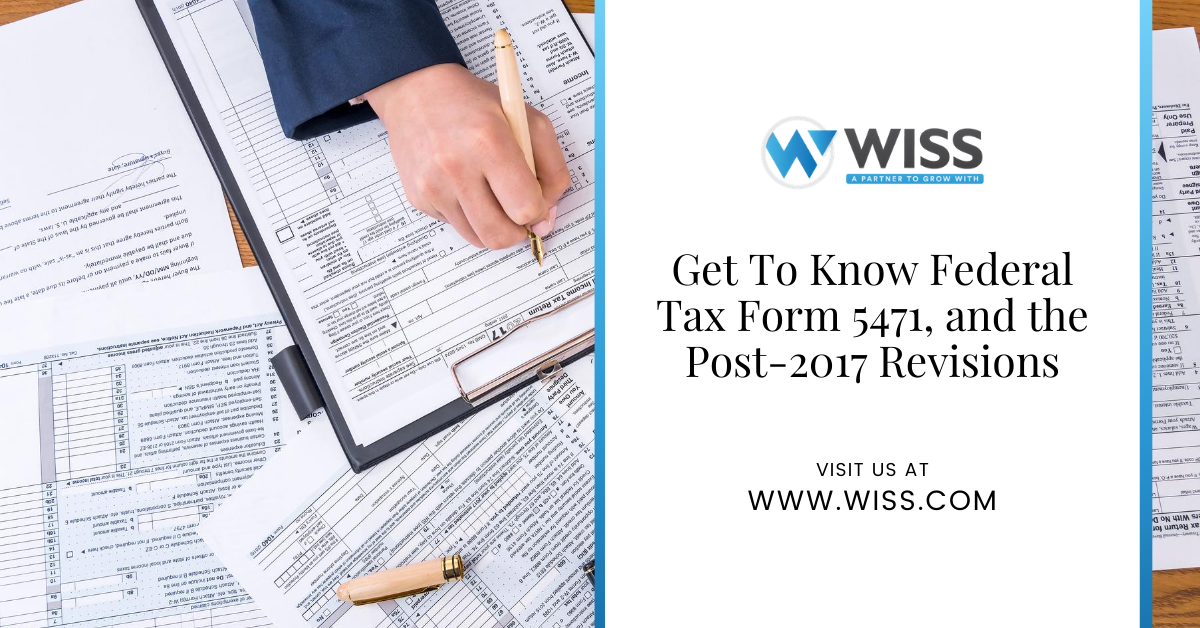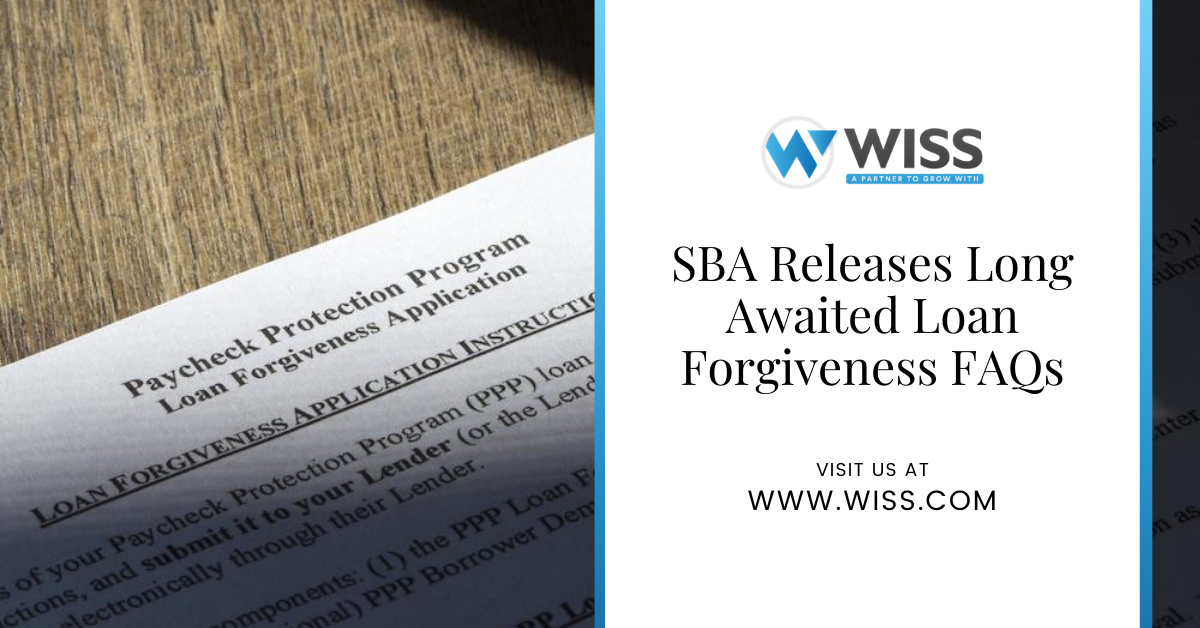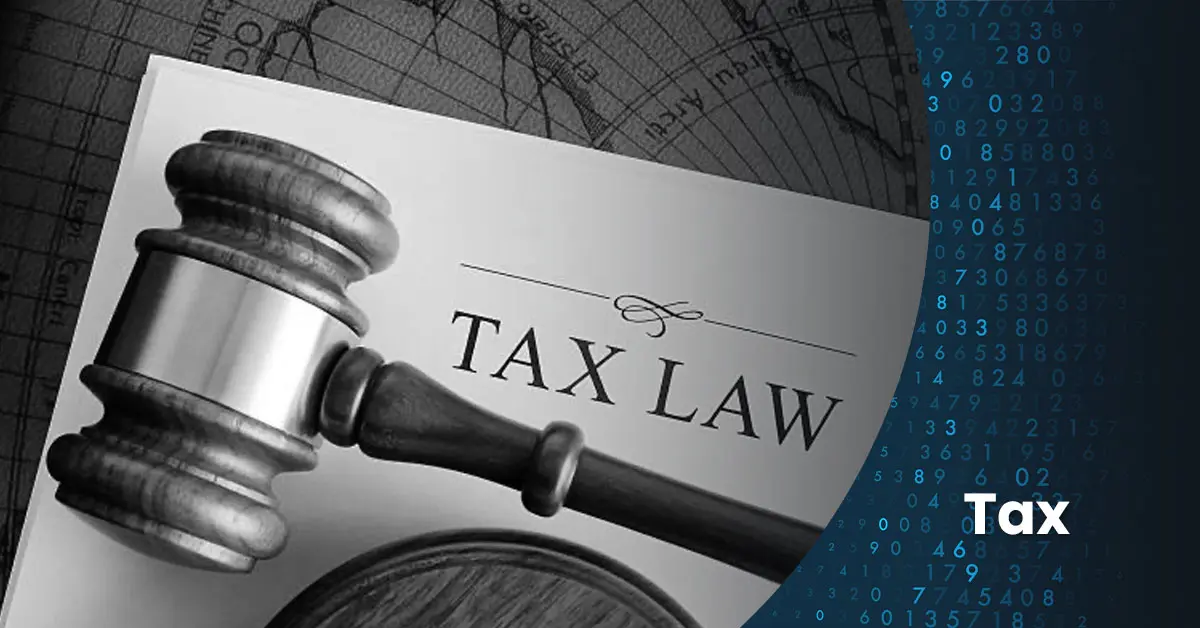The IRS collects information about foreign corporations with substantial United States (U.S.) ownership interests using Federal Tax Form 5471, Information Return for U.S. Persons With Respect to Certain Foreign Corporations.
Form 5471 is used by certain U.S. persons who are officers, directors, or shareholders of certain foreign corporations to satisfy the reporting required under the Internal Revenue Code (IRC) and the related Treasury Regulations.
Beware Hefty Penalties
There is a “failure to file” penalty for Form 5471, which includes a penalty for failure to file the form itself and a penalty for the failure to provide the required information. The minimum penalty is $10,000 and can increase to $50,000. The penalty is assessed on each accounting period for each foreign corporation.
In addition, any person who fails to file or report all of the information required on Form 5471, within the time prescribed for filing the form, is subject to a reduction of 10% of the foreign taxes available for credit. This reduction is subject to increases in increments of 5%, limited to the greater of 10,000 or the income of the foreign entity.
Who Must File Form 5471?
There are five categories of U.S. persons who are required to complete Form 5471 for each taxable year of certain foreign corporations. Dormant corporations are not excepted from this filing requirement but may use special simplified procedures. Additionally, a U.S. person exempt from U.S. tax under a tax treaty with the country of his residence would still be required to file Form 5471 if it meets one of the below categories.
The five categories of Form 5471 filers are:
Category 1 Filer
A U.S. shareholder of a foreign corporation that constitutes an IRC §965 specified foreign corporation at any time during the year of the foreign corporation, and who owned that stock on the last day in that year.
Category 2 Filer
A U.S. citizen or resident who is an officer or director of a foreign corporation in which a U.S. person has acquired stock that results in ownership of either 10% or more of the total value, or 10% or more of the total combined voting power of the foreign corporation’s outstanding stock.
Category 3 Filer
A U.S. person who acquires stock in a foreign corporation that, when added to any stock owned on the acquisition date, meets the 10% stock ownership requirement with respect to the foreign corporation; or who disposes, directly or indirectly, of stock ownership in a foreign corporation so that their ownership is reduced to below 10%;
- OR A non-U.S. person who became a U.S. person while meeting the 10% stock ownership requirement.
Category 4 Filer
A U.S. person who directly or indirectly controls the foreign corporation for a period of 30 days during the foreign corporation’s annual accounting year (with “control” defined as stock possessing more than 50% of the total combined voting power or more than 50% of the total value of shares of the foreign corporation);
- OR A nonresident alien for whom an election is in effect under IRC §6013(g) to be treated as a resident of the U.S.;
- OR An individual for whom an election is in effect under IRC §6013(h), relating to nonresident aliens who become residents of the U.S. during the tax year and are married at the close of the tax year to a citizen or resident of the U.S.
Category 5 Filer
A U.S. shareholder who owns directly or indirectly stock in a controlled foreign corporation (CFC) at any time during any tax year, and who owned that stock on the last day in that tax year in which that corporation is a CFC.
How To Read Form 5471
To fully understand the requirements for completing Form 5471, get to know the following definitions:
- U.S. Person: A U.S. person is generally a citizen or resident of the U.S., a domestic partnership, a domestic corporation, a trust under U.S. jurisdiction, and an estate that is not a foreign estate.
- U.S. Shareholder: A U.S. shareholder is a U.S. person who owns (directly, indirectly, or constructively within the meaning of IRC §958(a) and (b)) either 10% or more of the total combined voting power of a foreign corporation, or (in the case of a tax year of a foreign corporation beginning after December 31, 2017) 10% or more of the value of the outstanding shares of the foreign corporation.
- Controlled Foreign Corporation (CFC): A CFC is a foreign corporation with U.S. shareholders who own (directly, indirectly, or constructively within the meaning of IRC §958(a) and (b)) on any day of its tax year, more than 50% of either (1) the total combined voting power of its stock, or (2) the total value of its stock.
- Specified Foreign Corporation (SFC): Any CFC or any foreign corporation with one or more domestic (U.S.) corporations that are U.S. Shareholders, regardless of whether that foreign corporation is a CFC.
Understand the Post-2017 Revisions to Form 5471
Form 5471 was extensively revised to provide for the changes to the tax law brought about by the 2017 Tax Cuts & Jobs Act (“TCJA”). The new form requires significantly more information from taxpayers than prior to the TCJA. The revised Form 5471 will provide the IRS with detailed information regarding Previously Taxed Earnings and Profits (PTEP) and Global Intangible Low-Taxed Income (GILTI).
The TCJA repealed IRC §958(b)(4), which increased the number of U.S. persons that are U.S. Shareholders, and correspondingly the number of foreign corporations that are CFCs. The IRS has provided some safe harbor filing relief with the Rev. Proc. 2019-40 in determining CFC status or reporting when information is not readily available.
For those who have been filing Form 5471 for a while, it is useful to recognize the specific changes to the Form prompted by the TCJA:
- Item D on page one: A question was added asking whether the filed Form 5471 is the final form for the foreign corporation.
- Schedule B: Schedule B, Shareholder of Foreign Corporation, was revised to expand the information required of U.S. shareholders to specifically identify the direct shareholders (both U.S. and foreign) and their stock interests. This eliminates the former level of privacy of foreign shareholders under the prior version of Form 5471.
- Schedule C: Several line items were added to the income statement in Schedule C. Both realized and unrealized foreign currency translation gain and loss are now required to be broken out, as well as foreign currency translation adjustments to other comprehensive income. In addition, both current and deferred tax expenses must now be disclosed.
- Schedule E: Form 5471 Schedule E, Income, War Profits, and Excess Profits Taxes Paid or Accrued, which was previously part of the main form is now a separate schedule expanded to three pages. The expanded Schedule E requires a robust volume of tracking to produce the necessary data for the schedule. Foreign taxes now need to be tracked and separated into buckets to be properly disclosed each year.
- Schedule F: Derivatives were added to both the assets and liabilities section of the balance sheet.
- Schedule G: Schedule G, Other Information, was expanded from 8 to 21 questions. Some of the old questions were expanded. The new questions include whether the filer paid or accrued any base erosion payments and received any tax benefit from those payments; whether the foreign-derived intangible income deduction was claimed; whether the corporation paid or accrued any interest or royalty for which a deduction is not allowed; and whether the foreign corporation participated in a triangular reorganization or received any intangible property in the current or prior tax year.
- Schedule H: Schedule H, Current Earnings and Profits, was removed from Form 5471 and is now a separate schedule.
- Schedule I: Schedule I, Summary of Shareholder’s Income From Foreign Corporation, was modified to include breakouts for Subpart F income from certain transactions with tiered corporations.
- Schedule J: Schedule J, Accumulated Earnings &Profits (E&P) of Controlled Foreign Corporations, is expanded significantly from one to two pages to include income buckets that mirror those reported on Schedule E. Also added is a new section for reporting recapture of non-previously taxed E&P as Subpart F income. Note: the TCJA created the need to account for new groups of previously taxed income that must be tracked annually.
- Schedule M: Form 5471 Schedule M, Transactions Between Controlled Foreign Corporation and Shareholders or Other Related Persons, is substantially the same but with significant new items: (1) hybrid dividends received and hybrid dividends paid are listed; and (2) accounts receivable and accounts payable are listed, making clear that these amounts must be reported in addition to amounts borrowed and loaned.
In addition, to the foregoing revisions, the following items are new additions to Form 5471:
- Schedule I-1: Information for Global Intangible Low-Taxed Income (GILTI), was added to report the foreign corporation’s gross income less exclusions, such as effectively connected income, Subpart F income, and high-taxed income. The schedule also requires the reporting of deductions allocable, tested income, tested foreign income taxes, qualified business asset investment, and interest expense.
Note: The calculation for GILTI income is done on Form 8892, U.S. Shareholder Calculation of Global Intangible Low-Taxed Income.
- Schedule P: The Form 5471 Schedule P, Previously Taxed Earnings and Profits (PTEP) of a U.S. Shareholder of Certain Foreign Corporations, is new. It uses some of the information reported on Schedule J to flow from the corporate level to shareholder level. This schedule must be completed by Category 1, 4, and 5 filers, and income must be assigned a category of foreign income.
Conclusion: Pay Close Attention to Form 5471
These significant changes and additions made to Form 5471 as a result of the TCJA are bound to add a significant reporting burden for taxpayers who hold certain interests in or affiliations with foreign corporations, as well as resulting in additional tax preparation costs.
Given the significant penalties involved, taxpayers are well-advised to seek proper counsel from tax professionals who have a full understanding of these changes impacting the reporting requirements for foreign corporations and Form 5471. Wiss offers comprehensive tax advisory services to help you address these changes confidently.

 Previous
Previous






